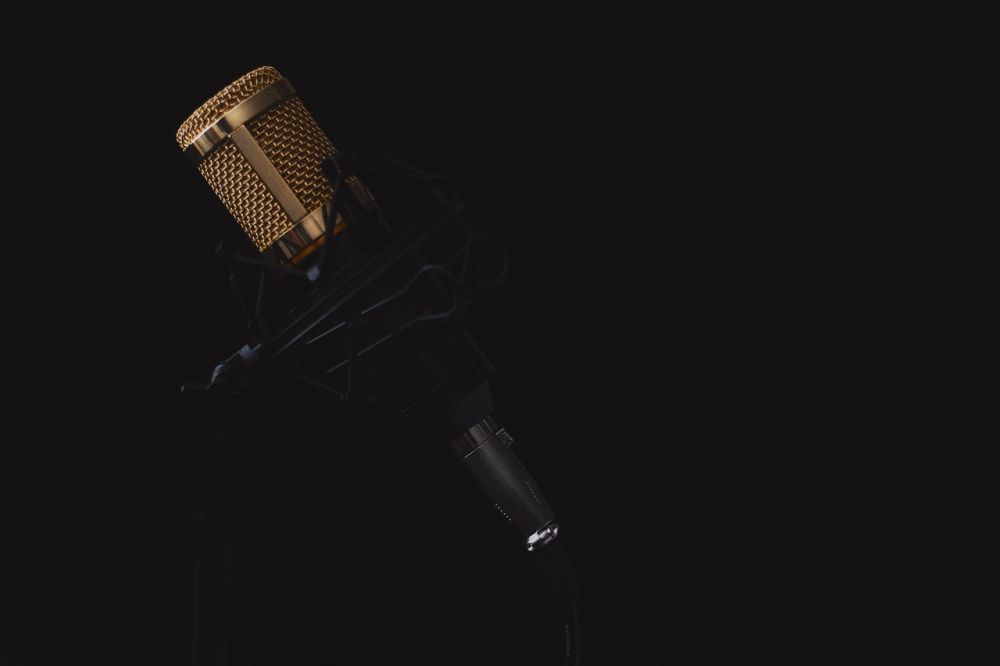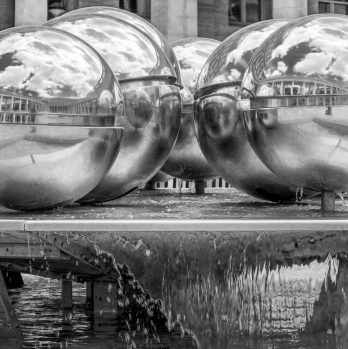Festival Outfits: The Ultimate Guide for Experience Seekers

Introduction:
Welcome to the ultimate guide on festival outfits! In this comprehensive article, we will delve into the world of festival fashion, exploring what festival outfits are, the different types that exist, popular trends, and the historical significance of these outfits. Whether you’re a seasoned festivalgoer or a newbie in the festival scene, this guide will provide you with valuable insights and inspiration to create the perfect festival look. So let’s dive in and discover the captivating world of festival outfits!
1. Overview of Festival Outfits:

Festival outfits are carefully curated ensembles that festival attendees wear to express their style, creativity, and individuality. These outfits often incorporate elements of bohemian, hippie, and EDM-inspired fashion to create a unique and vibrant look. Festival outfits serve as not only a way to stand out in the crowd but also as a form of self-expression and connection to the festival community.
2. Types of Festival Outfits:
There are various types of festival outfits, each with its own distinct style and aesthetic. Some popular types include:
– Bohemian Chic: This style embraces flowy dresses, fringed vests, floral prints, and intricate embroidery, giving a free-spirited and ethereal vibe.
– Rave-Wear: Bright neon colors, bodycon dresses, fishnet stockings, and accessories such as LED lights are the hallmarks of this type of festival outfit, geared towards the EDM and rave scene.
– Vintage Vibes: Retro-inspired outfits featuring high-waisted shorts, band tees, fringe jackets, and round sunglasses, allowing festival-goers to channel a nostalgic vibe.
– Tribal Fusion: Combining bold prints, tribal patterns, and indigenous-inspired accessories, this type of festival outfit showcases a fusion of cultures and embraces a nomadic spirit.
3. Quantitative Measurements of Festival Outfits:
Quantitatively measuring the popularity and impact of festival outfits can be quite challenging due to the subjective nature of individual styles and preferences. However, various online platforms and social media channels offer insights into trends and the number of likes, shares, and comments. By leveraging these metrics, we can gain some indication of the prominence of festival outfits and the response they generate among festival-goers.
4. Differentiating Festival Outfits:
Despite the wide range of festival outfits available, some key factors differentiate them from one another:
– Style Statement: Festival outfits can range from glamorous and extravagant to casual and laid-back, each creating a unique style statement.
– Occasion-Focused: Certain festivals have specific themes or motifs, affecting the choice of festival outfits. For example, a desert-themed festival may call for light, breathable outfits, while a Halloween festival may encourage eccentric costumes.
– Cultural Influences: Festivals that celebrate specific cultural traditions or genres of music often inspire festival outfits that incorporate elements reflective of those traditions or genres.
– Personal Expression: Festival outfits aim to represent the wearer’s personality, interests, and attitude, allowing for endless combinations and individuality.
5. Historical Insights into the Pros and Cons of Festival Outfits:
Throughout history, festival outfits have seen both praise and criticism within society. Some advantages of festival outfits include:
– Creative Expression: Festival outfits offer an opportunity for individuals to unleash their creativity and experiment with fashion in a unique and extravagant way.
– Community Building: Wearing festival outfits can foster a sense of belonging and camaraderie among festival-goers, bringing people together through the shared love of music and fashion.
However, festival outfits have also faced criticism, such as:
– Appropriation and Insensitivity: Some festival outfits may appropriate or trivialize cultural symbols, leading to unintentional offense or cultural insensitivity.
– Environmental Impact: The fast fashion industry often plays a role in producing festival outfits, contributing to environmental concerns related to wasteful consumption and textile waste.
By understanding the historical context of festival outfits and recognizing these pros and cons, individuals can make informed choices and contribute positively to the festival experience.
Conclusion:
In conclusion, festival outfits have evolved into an integral part of the festival experience, allowing attendees to express their style, individuality, and connection to the festival community. From bohemian chic to rave-wear, there is a wide array of festival outfits to suit every taste and occasion. Though the measurement of festival outfit popularity remains subjective, social media insights offer glimpses into the buzz and trends surrounding these outfits. By appreciating the differences among festival outfits and considering the historical context, attendees can celebrate their love for music and fashion with awareness and respect. So go ahead, embrace your inner festival fashionista, and create unforgettable memories in your festival outfit of choice!











